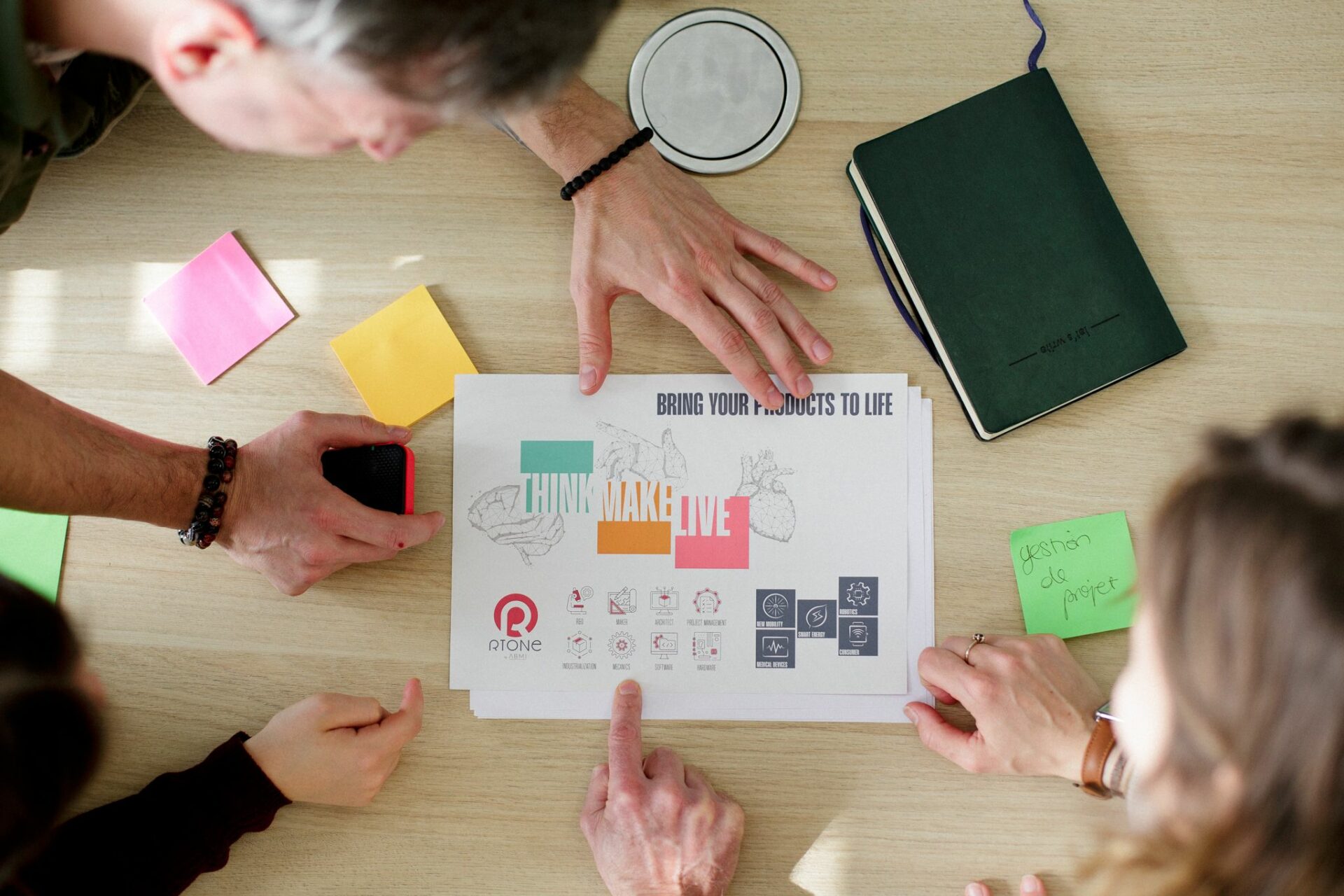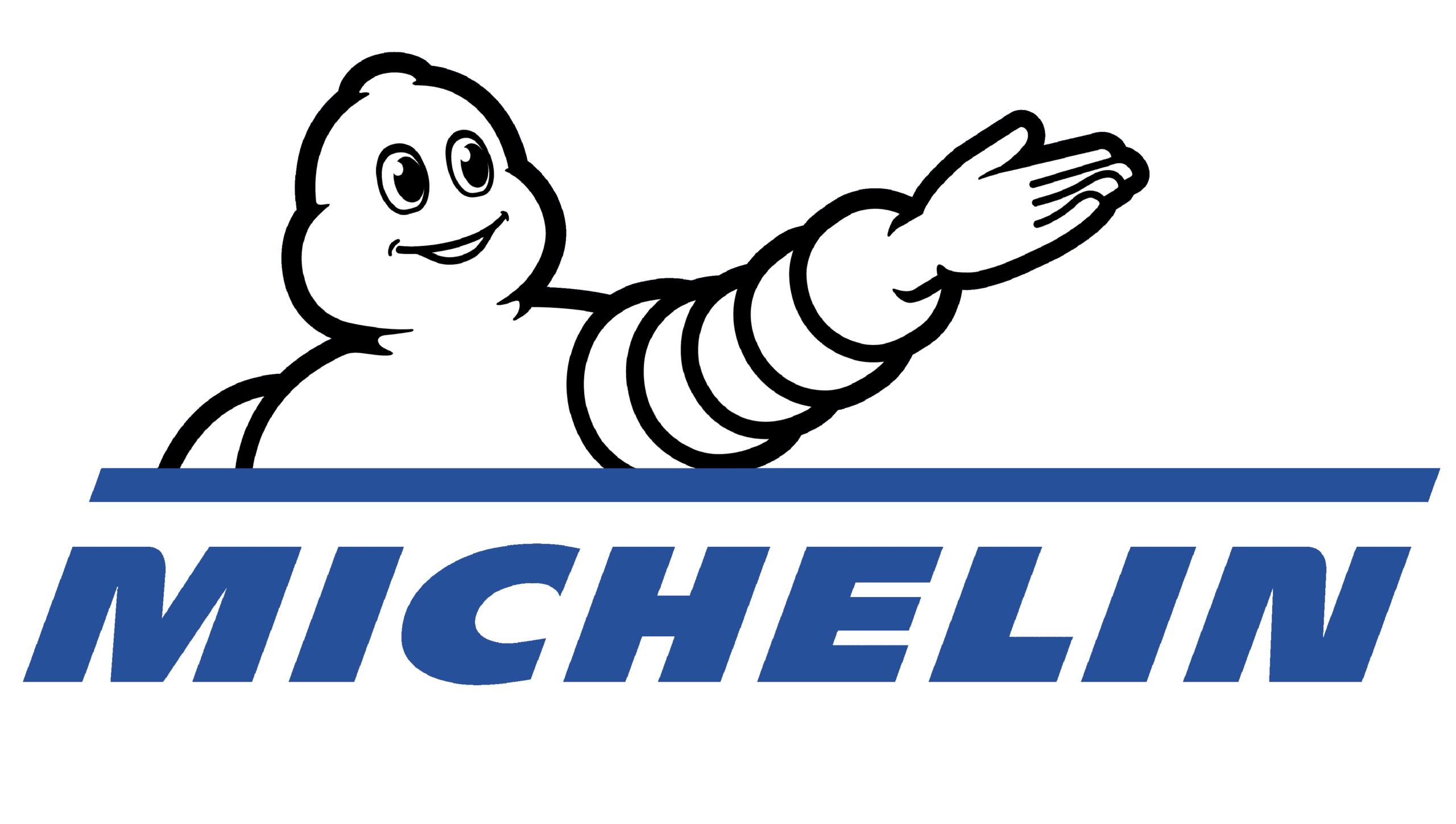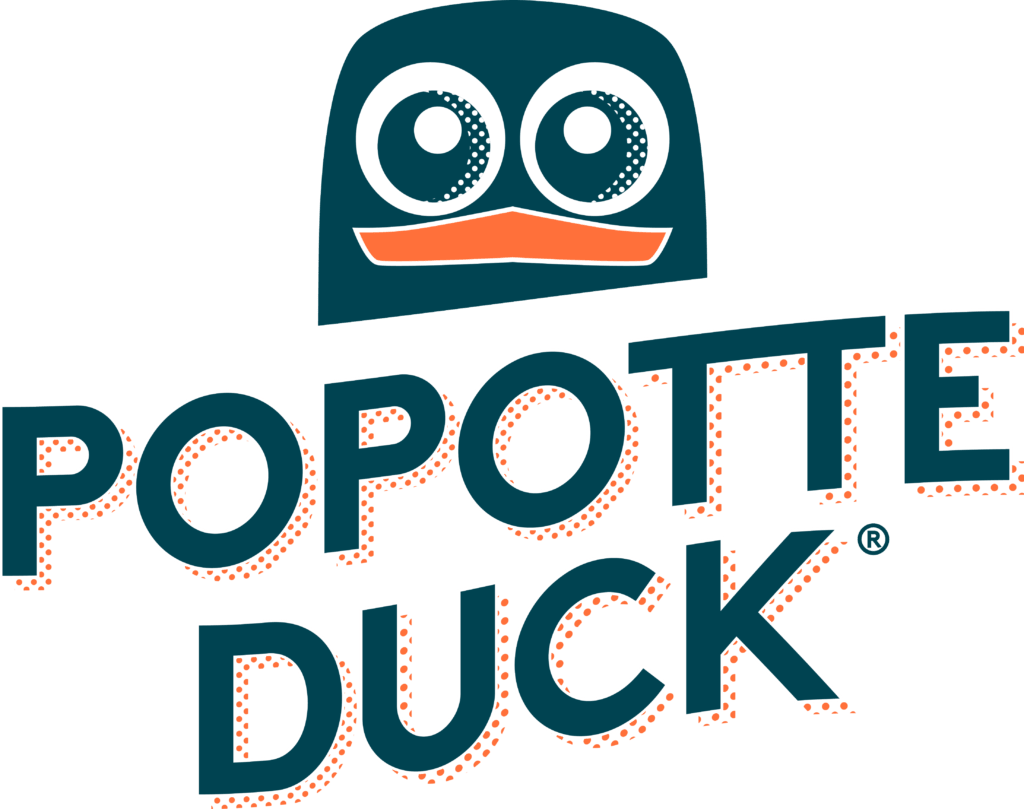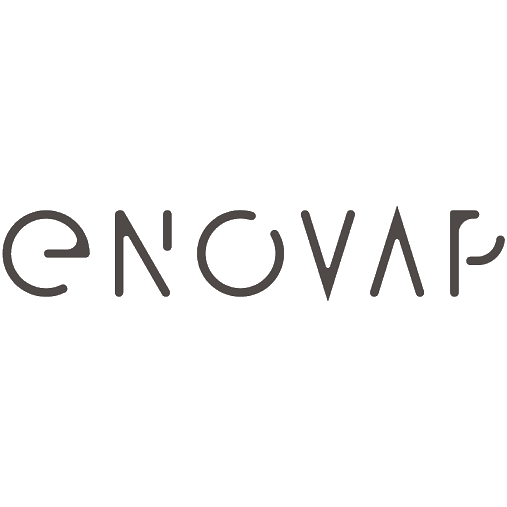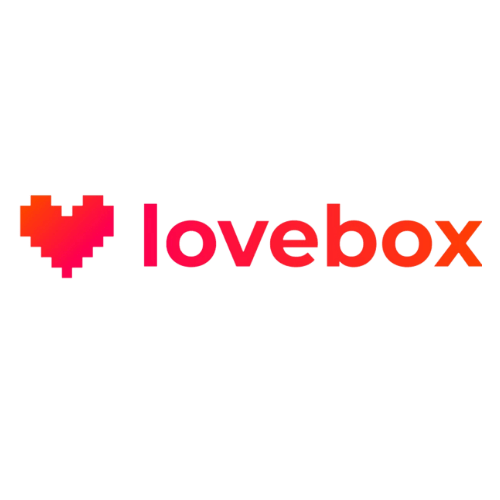Dive into the story of the smart electronic cigarette and the innovations it incorporates. This project perfectly illustrates the Rtone project management method, based on value attributes. A way to support innovation while guaranteeing the time to market issue.
Electronic cigarette : evaluating and maximising the performance of IoT project
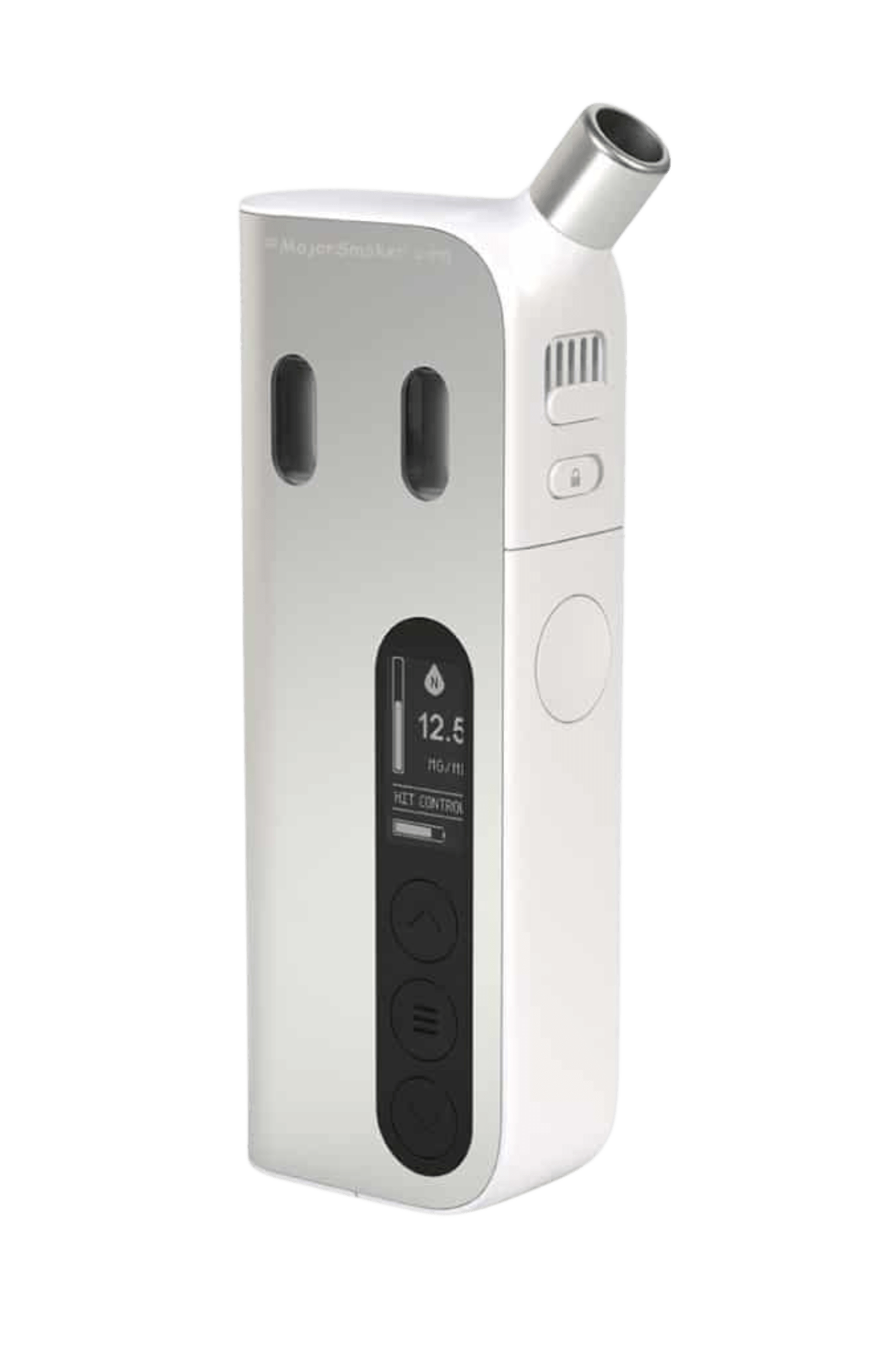
Presentation of the client
Enovap are intelligent electronic cigarettes.
Their challenge: to adapt to all smokers’ profiles by integrating the possibility of instantly adjusting the level of nicotine in order to support the user’s desire to stop smoking.
It was in 2015 that the start-up Enovap was officially created. But the adventure began earlier: the company won a gold medal at the Lépine competition and the Enovap electronic cigarette was voted best French innovation of 2014.
The project and its performance challenges
Rtone supported Enovap in developing the latest version (V2) of its product. The project began with a clear deadline: a certification constraint set for a specific date. It started with a technical workshop to understand the target and the product’s challenges. The prioritized value attributes defined during the workshop guided the organization of development “sprints.”
Behind Enovap lie several innovations:
- AI research in collaboration with the CNRS
- Deep Learning and Machine Learning algorithms to adjust nicotine concentration
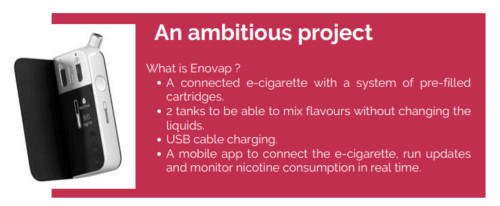
Ambitious goals
The ambition for this V2 was to meet three key criteria:
- Energy autonomy: aim for a minimum autonomy of 400 puffs.
- Quality: measured notably through power: 10W for vaping.
- Compactness: deliver a less bulky product, more compact than V1. Reference dimensions were set at the project’s launch.
To organize development sprints while ensuring Enovap’s priorities, we created an intentions list. This list detailed all performance criteria for Enovap, with minimum thresholds to be achieved.
Our recommendations:
- Each value attribute should be measurable.
- Provide a range (minimum and goal) to allow room for overperformance.
The Rtone approach: 50/50
Rtone had already developed Enovap’s V1. On the technological front, there were no surprises as Enovap was already familiar with our IoT expertise.
To address the scheduling challenges posed by this V2, Rtone proposed an agile approach through a 50/50 contract.
- We agreed on a premise: finalize V2 in 33 weeks (11 sprints of 3 weeks).
- If the project finishes early, both parties share the savings (50% of the saved budget is returned to the client).
- If the deadline is exceeded, we share the additional investment (the client covers 50% of the extra time).
Technical challenges
To meet the deadline, Rtone deployed a task force composed of experienced resources in project development, hardware, and firmware. Technological choices were made based on value attributes. For instance, BLE development was excluded to avoid impacting the product’s autonomy goal.
1. Aligning on the challenges and performance criteria
For an ambitious project like this, a critical mistake would have been to start too quickly. Although we already knew the Enovap team from working on V1, the technical workshop was essential to ensure we fully understood and measured the challenges of the new features.
2. Mastery of all IoT competencies
While this project “only” involved our Hardware and Firmware expertise, having all IoT competencies within the Rtone team helped minimize project risks. For example, we anticipated potential delays linked to mechanics and integrated the mobile application’s requirements into the Firmware’s technological decisions.

Our case studies
Discover the problems of your peers, the solutions provided by our teams and above all the results.
Let's talk about your project!
You have a product development project? From design to industrialization, through serial life and maintenance, we are here to support you at each stage of your project. Feel free to submit your most ambitious projects to us.
We look forward to hearing from you!
